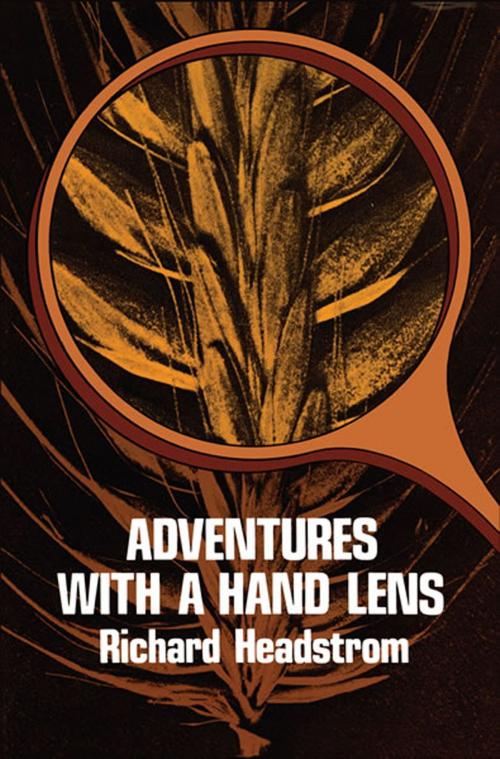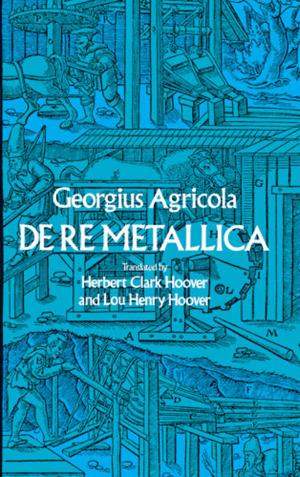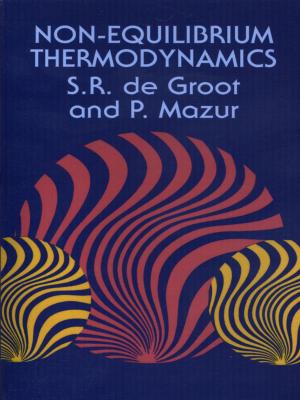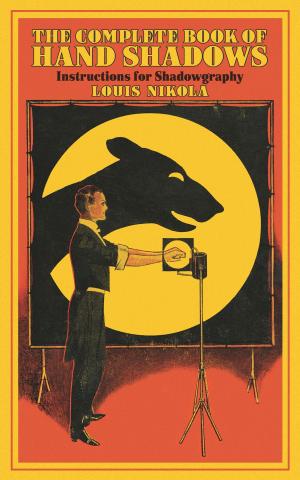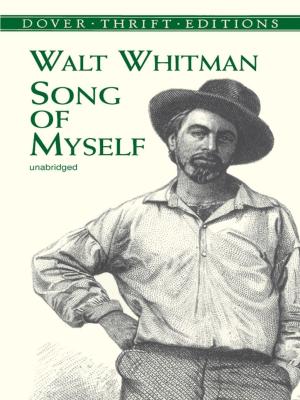| Author: | Richard Headstrom | ISBN: | 9780486165813 |
| Publisher: | Dover Publications | Publication: | January 23, 2013 |
| Imprint: | Dover Publications | Language: | English |
| Author: | Richard Headstrom |
| ISBN: | 9780486165813 |
| Publisher: | Dover Publications |
| Publication: | January 23, 2013 |
| Imprint: | Dover Publications |
| Language: | English |
With an ordinary magnifying glass and this book as your guide, 50 adventures in close observation await you. These entertaining nature studies take you on field trips in and around your home, calling attention to interesting features of dozens of familiar or overlooked plants, insects, and other animals, and common materials like cloth, quartz, and the paper on which this book is printed.
A great deal of basic natural-science theory and detail is presented in this delightful narrative. Flowers and grasses, fish scales, moth and insect wings, egg cases, buds, feathers, seeds, leaf scars, moss, molds, ferns, and common crystals are among the many structures examined, often comparatively. Many natural processes and behavior patterns are observed — seed dispersal and other methods of reproduction, protective coloration, rusting symbiosis, fertilization of the soil, breathing and case building of insects, and many others, all with only an inexpensive hand lens as equipment and with "specimens" you probably pass by going for a walk. More than 200 labeled illustrations accompany the text.
The author is a former teacher and associate curator of the New England Museum of Natural History. No previous science background is assumed of readers, and curious readers of almost any age will find this book an interesting introduction to numerous facets of nature study.
With an ordinary magnifying glass and this book as your guide, 50 adventures in close observation await you. These entertaining nature studies take you on field trips in and around your home, calling attention to interesting features of dozens of familiar or overlooked plants, insects, and other animals, and common materials like cloth, quartz, and the paper on which this book is printed.
A great deal of basic natural-science theory and detail is presented in this delightful narrative. Flowers and grasses, fish scales, moth and insect wings, egg cases, buds, feathers, seeds, leaf scars, moss, molds, ferns, and common crystals are among the many structures examined, often comparatively. Many natural processes and behavior patterns are observed — seed dispersal and other methods of reproduction, protective coloration, rusting symbiosis, fertilization of the soil, breathing and case building of insects, and many others, all with only an inexpensive hand lens as equipment and with "specimens" you probably pass by going for a walk. More than 200 labeled illustrations accompany the text.
The author is a former teacher and associate curator of the New England Museum of Natural History. No previous science background is assumed of readers, and curious readers of almost any age will find this book an interesting introduction to numerous facets of nature study.
